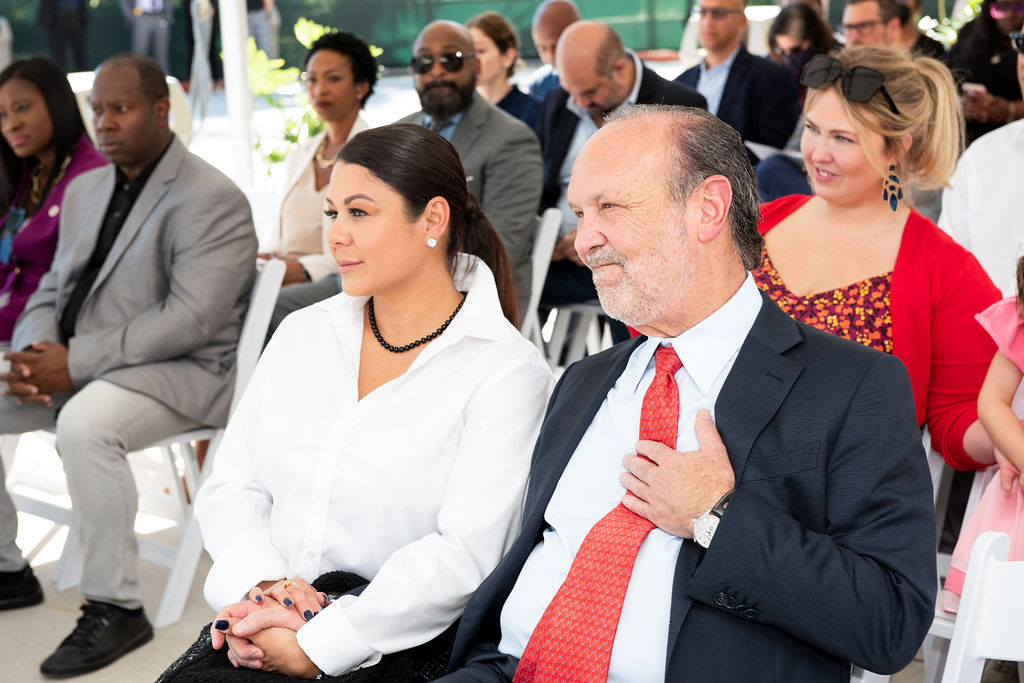Planning a Successful Lobby Day


In advocacy and grassroots activism, few tactics are as impactful as organizing a Lobby Day. This well-orchestrated event offers citizens a unique opportunity to engage with lawmakers and influence policy decisions directly. Whether you’re advocating for environmental conservation, healthcare reform, or any other cause close to your heart, effective planning is the key to ensuring your Lobby Day leaves a lasting impression on legislators. This article will guide you through the essential steps to plan a successful Lobby Day.
The Importance of Lobby Days
Lobby Days are an indispensable part of the democratic process. They bridge the gap between constituents and elected representatives, allowing ordinary citizens to express their concerns, share personal stories, and advocate for change. These events provide a platform for building relationships with lawmakers, conveying the people’s collective will, and advancing critical legislative agendas.
Define Your Objectives
Before planning your Lobby Day, it’s crucial to define your objectives clearly. What do you hope to achieve through this event? Is it pushing for the passage of a specific bill, raising awareness about a critical issue, or fostering a long-term relationship with your representatives? Having a well-defined goal will guide your planning efforts and help you measure the success of your Lobby Day.
Assemble a Dedicated Team
Organizing a Lobby Day is a monumental task that requires a dedicated team of volunteers or staff members. Start by recruiting individuals who are passionate about your cause and willing to commit their time and effort. Assign specific roles and responsibilities to ensure that all aspects of the event are covered, from logistics to communication.
Research and Identify Your Targets
To make the most of your Lobby Day, you must know your targets. Research your elected officials at the state and federal levels and identify those who have influence over the issues you’re advocating for. This information will help you schedule meetings with the right lawmakers and tailor your messages to their positions and interests.
Develop a Compelling Message
Your message is the heart of your Lobby Day. Craft a clear, concise, compelling message outlining your objectives and why your cause is essential. Be prepared to articulate your message effectively during meetings with lawmakers and their staff. Use data, personal stories, and persuasive arguments to support your case.
Plan Your Schedule
Creating a well-organized schedule is essential for a successful Lobby Day. Coordinate meetings with lawmakers, allowing sufficient time for travel between locations. Make sure to include breaks and downtime for participants. Additionally, consider organizing workshops or training sessions to prepare attendees for their meetings and teach them effective advocacy techniques.
Mobilize Your Supporters
Mobilizing a solid turnout for your Lobby Day is crucial. Use various channels to reach out to your supporters, including social media, email campaigns, and phone calls. Please encourage them to attend and provide resources to help them prepare for their meetings with lawmakers. The more people you have participating, the more significant impact your Lobby Day will have.
Logistics and Materials
Pay close attention to the logistical details of your Lobby Day. Ensure you have a central meeting point for participants, with readily available maps and directions. Prepare materials such as fact sheets, talking points, and leave-behind documents to leave with lawmakers and their staff. Have a plan for transportation, including carpooling or arranging buses if necessary.
Training and Role-Playing
Before participants meet with lawmakers, it’s crucial to provide them with training and opportunities for role-playing. Teach them how to effectively communicate their message, answer tough questions, and stay on track during meetings. Role-playing can help attendees gain confidence and prepare for various scenarios they might encounter during their sessions.
Engage with the Media
Maximize the impact of your Lobby Day by engaging with the media. Send press releases to local news outlets and invite reporters to cover your event. Create a designated area for media interviews and prepare spokespersons who can speak eloquently about your cause. Coverage by the media can help amplify your message and reach a broader audience.
Follow Up
After your Lobby Day, the work is still ongoing. Follow up with lawmakers to thank them for their time and remind them of your key points. Continue to engage with your supporters and provide updates on the progress of your advocacy efforts. Monitor the legislative process and be prepared to take further action if necessary, such as organizing additional Lobby Days or grassroots campaigns.
Evaluate and Learn
Finally, take the time to evaluate the success of your Lobby Day. Did you achieve your objectives? What worked well, and what could be improved for future events? Solicit feedback from participants and stakeholders to gather insights that will help you refine your advocacy strategies moving forward.
Planning a successful Lobby Day is a multifaceted endeavor that requires careful preparation, dedication, and effective communication. By defining clear objectives, assembling a dedicated team, researching your targets, and developing a compelling message, you can create a powerful advocacy event that leaves a lasting impact on lawmakers and advances your cause. Remember that Lobby Days are not just a one-time effort but a part of an ongoing commitment to positively change your community and beyond.
